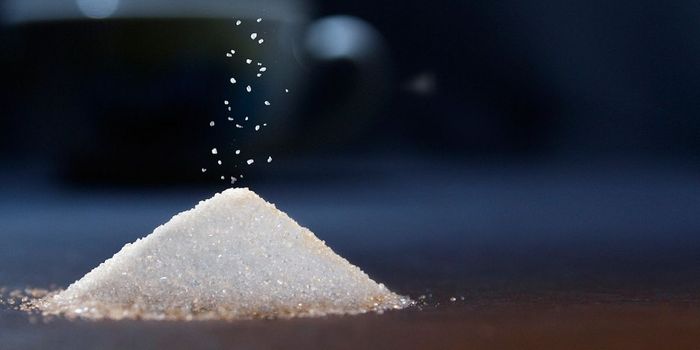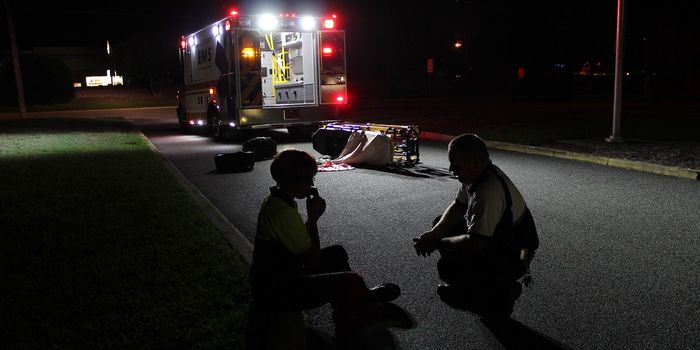Diagnosing Arterial Stenosis with Computational Modeling
Our understanding of cardiovascular health has increased by leaps and bounds. One of the few issues that lag behind the times is in cardiovascular diagnostics. Take coronary artery stenosis (i.e., the narrowing of arteries around the heart). It is a common condition treated by insertion of a stent, but its diagnosis takes several invasive (and sometimes risky) procedures.
One of the best procedures available uses wires wrapped around the artery to get pressure measurements. These measurements can determine the blood’s flow rate and calculate the fractional flow reserve, a measure of stenosis severity. The procedure itself carries a risk that many doctors do not want to expose their patients to. What if it could be done another way, using the modern marvel that is computational analysis?
A team from the University of Louisville in Kentucky thought along these lines. They hypothesized that modern modeling software, paired with fluid simulation programs, could predict the flow path of blood in an artery. They would use the angiographic images of the artery (already taken during the diagnostic process) to build the model. The fluid simulation would then predict flow rates through the model and determine the severity of stenosis.
To test if this method could, the team gathered one hundred coronary artery stenosis cases with fractional flow reserve data already taken. Using the angiographic images, they implemented their computational method. They compared the results and found that only three of the cases disagreed with the fractional flow reserve measurements. Even the ones that disagreed just barely missed the cutoff.
Unfortunately, this study could not completely solve the problem. Initial flow rates, taken before the blood reaches the stenosis area, are needed for either method. The team had to use measurements taken by the flow reserve method for this study. They proposed that machine learning (a form of artificial intelligence) could be used to determine the initial flow rate from other data taken during the whole process, and resolved to confirm their hypothesis in future studies.
The study concludes, “We developed a new computational based metric to assess the physiological significance of coronary stenosis without the use of invasive pressure-wire measurement.” While not a complete replacement, the computational method outlined here has promise in the future of cardiovascular diagnostics, you can only imagine how it could be used in other cases.
Sources: Nature Scientific Reports, SingHealth









